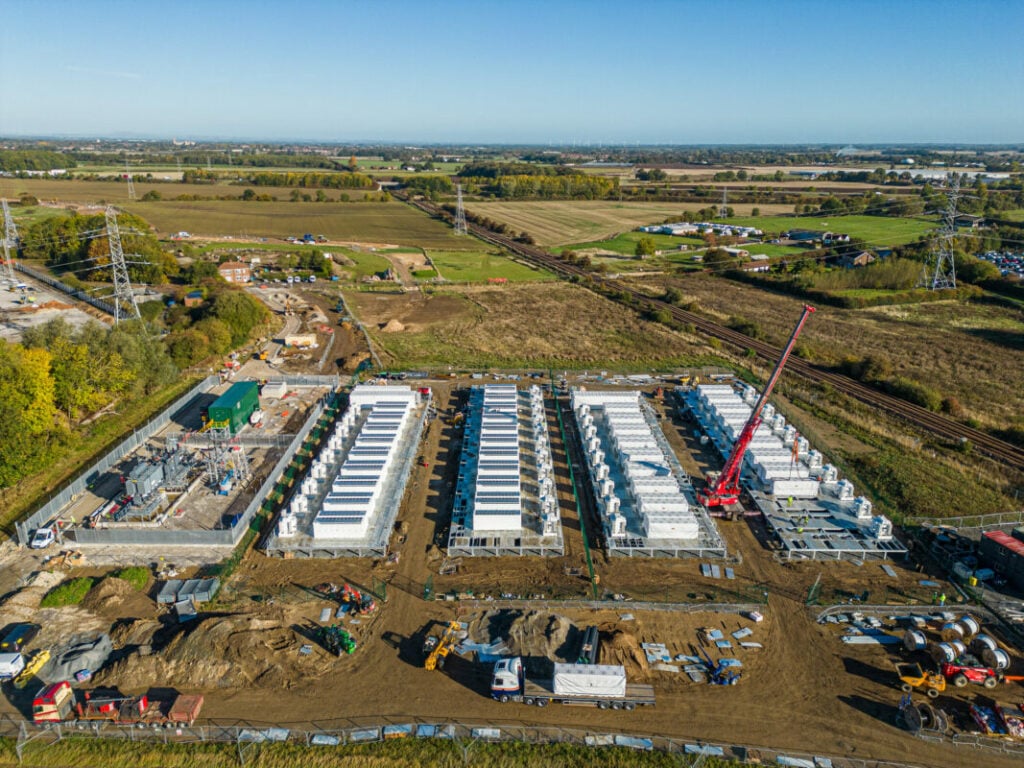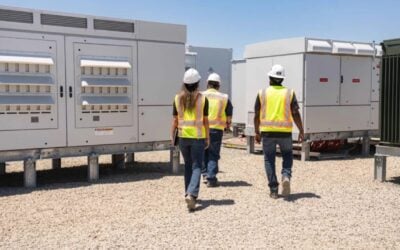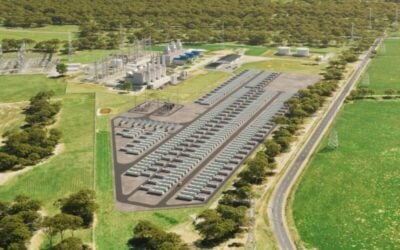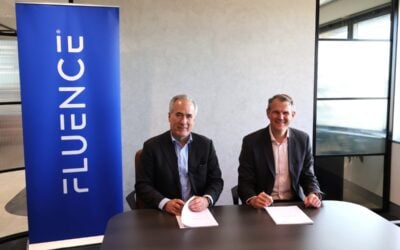
Battery storage plays an important role in adding resilience to energy networks. But it should also be remembered that natural catastrophes can affect BESS resources too, writes Ross Kiddie of bespoke battery insurance company Altelium.
This is an extract of a feature article that originally appeared in Vol.36 of PV Tech Power, Solar Media’s quarterly journal covering the solar and storage industries (Premium access). Every edition includes ‘Storage & Smart Power,’ a dedicated section contributed by the team at Energy-Storage.news.
Enjoy 12 months of exclusive analysis
- Regular insight and analysis of the industry’s biggest developments
- In-depth interviews with the industry’s leading figures
- Annual digital subscription to the PV Tech Power journal
- Discounts on Solar Media’s portfolio of events, in-person and virtual
Natural catastrophe (NAT CAT) planning and risk assessment is different for battery energy storage compared to renewables such as wind and PV solar because it involves a chemical reaction.
The most damaging potential element in a nat cat situation for batteries is water, and especially saltwater which has been described as a ‘death sentence’ for batteries. Saltwater corrodes and subsequently can cause short circuits which can lead to thermal runaway.
Standards a work in progress in many regions
As my colleague, Paul Markham, Power & Energy Risk Engineer, confirms: “It is a question of ensuring developments are structurally developed to withstand wind or hurricane risk, and where there is a flood risk, that the batteries’ enclosures are adequately IP rated and are built on a raised platform or raised concrete structure.”
Standards established by the National Fire Protection Agency (NFPA) in the US are considered the gold standard for design in this respect. While work is underway in the UK to develop an equivalent, at present in the UK and Europe there is no standard to compare with it.
All energy resources carry risk
The US National Research Council (NRC) found in a study around a decade ago that some storage systems, albeit not energy storage systems, such as carbon capture and storage, are more likely than fracking to trigger nat cat in the form of earthquakes.
Other energy storage systems being explored such as compressed air energy storage in depleted natural gas reservoirs can potentially cause detonations initiated via a shock making an earthquake nat cat a risk.
Writing in the Scientific American, Paul Denholm, a senior energy analyst at the National Renewable Energy Laboratory says: “Fossil fuels are technically forms of stored energy, pose plenty of problems in their extraction, refining, distribution, and delivery.
“We basically have grandfathered these risk factors. Gasoline catches on fire all the time. Electrical energy storage systems aren’t inherently riskier than petroleum or natural gas, but their risks are different.”
Battery fires are a particular concern because they can occur several days after an initial thermal runaway event and consequent ‘original’ fire. Battery cells contain energy within themselves, called ‘stranded energy’ and this means they can reignite days after the fire has been put out. But again, awareness of this means it should be prepared for, and where it is not, insurance will be not offered and the project is highly unlikely to proceed.
In this respect insurance and especially nat cat modelling plays a key part in providing both environmental and financial protection.
Modelling risks with software
In the battery storage and renewable energy industry we see this trend having a worldwide affect that insurers and reinsurers need to understand and model to assist with making informed decisions.
Nat cat software modelling programmes offer several benefits and can function as a valuable tool when looking at battery energy storage sites. They provide insights into the potential impact of catastrophes such as hurricanes, earthquakes, floods, wildfires, and other events.
When it comes to battery storage, natural catastrophe modelling tools can be valuable in several ways:
Improved risk assessment helps battery storage facility engineers, owners, operators, banks, and insurers understand the vulnerability of their assets to different types of natural catastrophes.
Risk mitigation involves battery storage operators, armed with information from catastrophe models. taking proactive design measures to reduce their vulnerability to natural disasters.
Insurance and risk transfer can help, with catastrophe modelling tools assisting insurance companies in assessing the potential losses associated with insuring BESS facilities against natural disasters
Transparency and data accuracy is paramount. The major providers of CAT modelling tools used for energy and battery storage systems all have recognised the issue of quality of data and have created their own proprietary algorithms to reduce poor quality and to represent that they are providing the most accurate level of results.
Conclusion
As climate change intensifies, the frequency of natural catastrophes will increase and the insurance industry will need to adapt quickly to these exposures for renewable energy and battery storage. The use of modelling software to help them adapt is not the only tool needed by risk engineers, however, it is recognised as a critical tool in their toolbox.
Where battery energy storage developments have the correct facilities to address the risk of flooding or other nat cat, insurance costs would not be exorbitantly high and a good insurance rate can be secured with the correct mitigations in place. In this respect, insurance plays a key role in supporting the transition to clean energy and addressing climate change issues.
This is an extract of a feature article that originally appeared in Vol.36 of PV Tech Power, Solar Media’s quarterly journal covering the solar and storage industries (Premium access). Every edition includes ‘Storage & Smart Power,’ a dedicated section contributed by the team at Energy-Storage.news.
About the author
Ross Kiddie is North America general manager at Altelium, an insurtech business that offers insurance for batteries driven by real-time, AI-powered data analytics. Ross specialises in the integration of battery storage technologies to support grid resource for resiliency and reliability.






